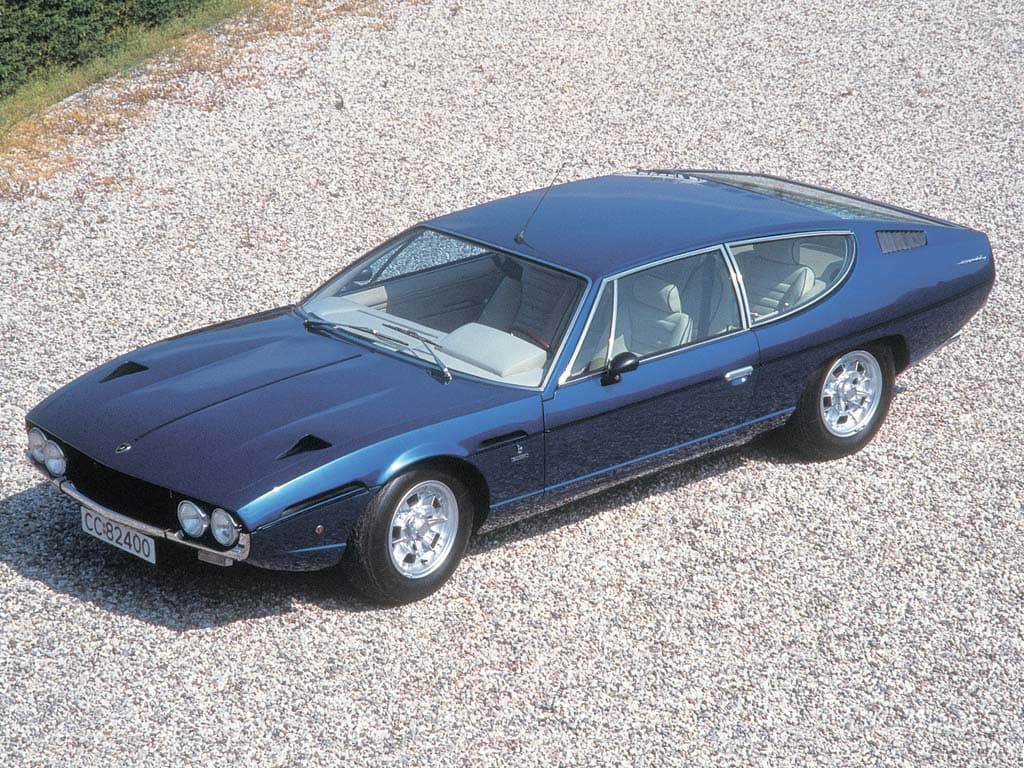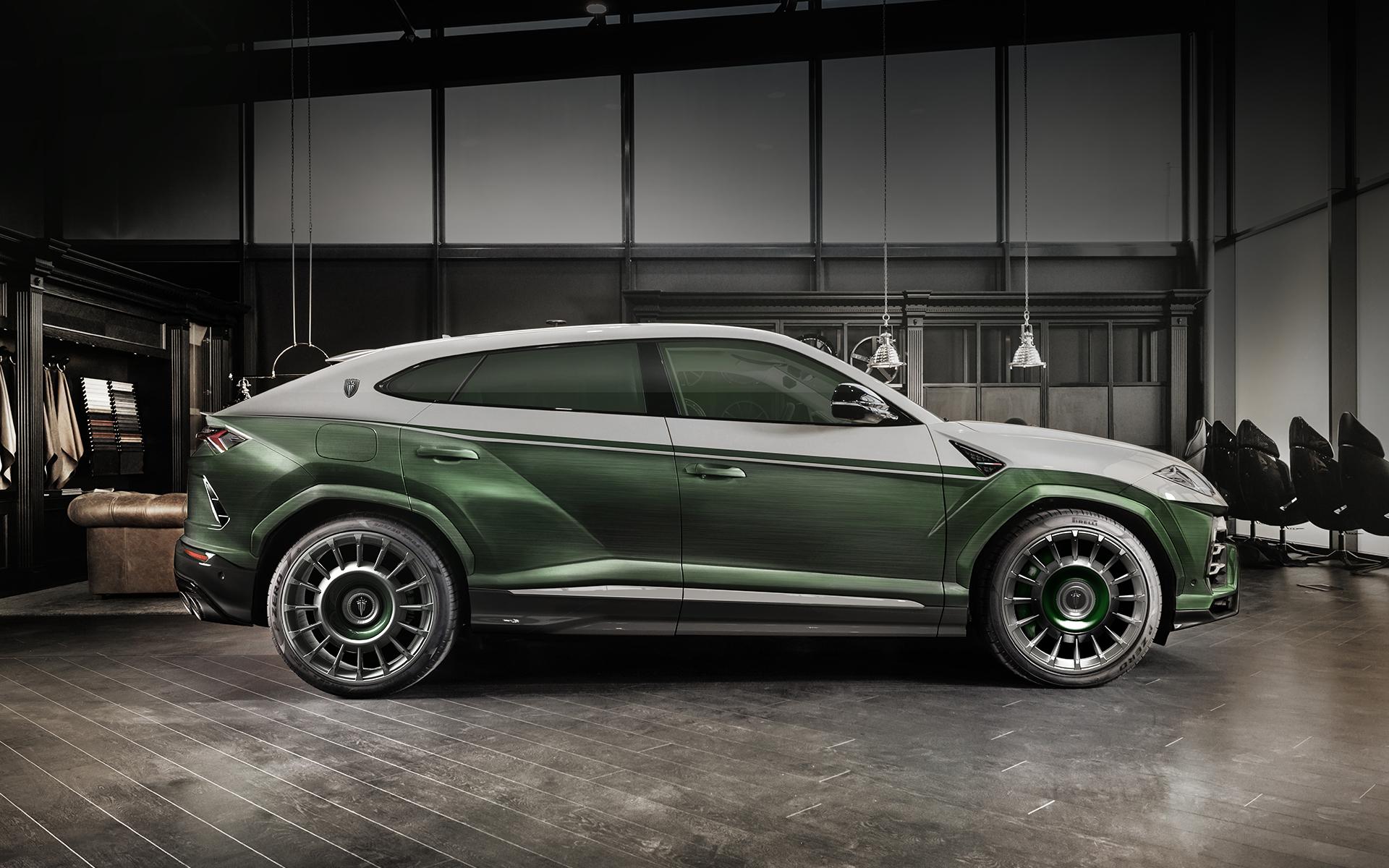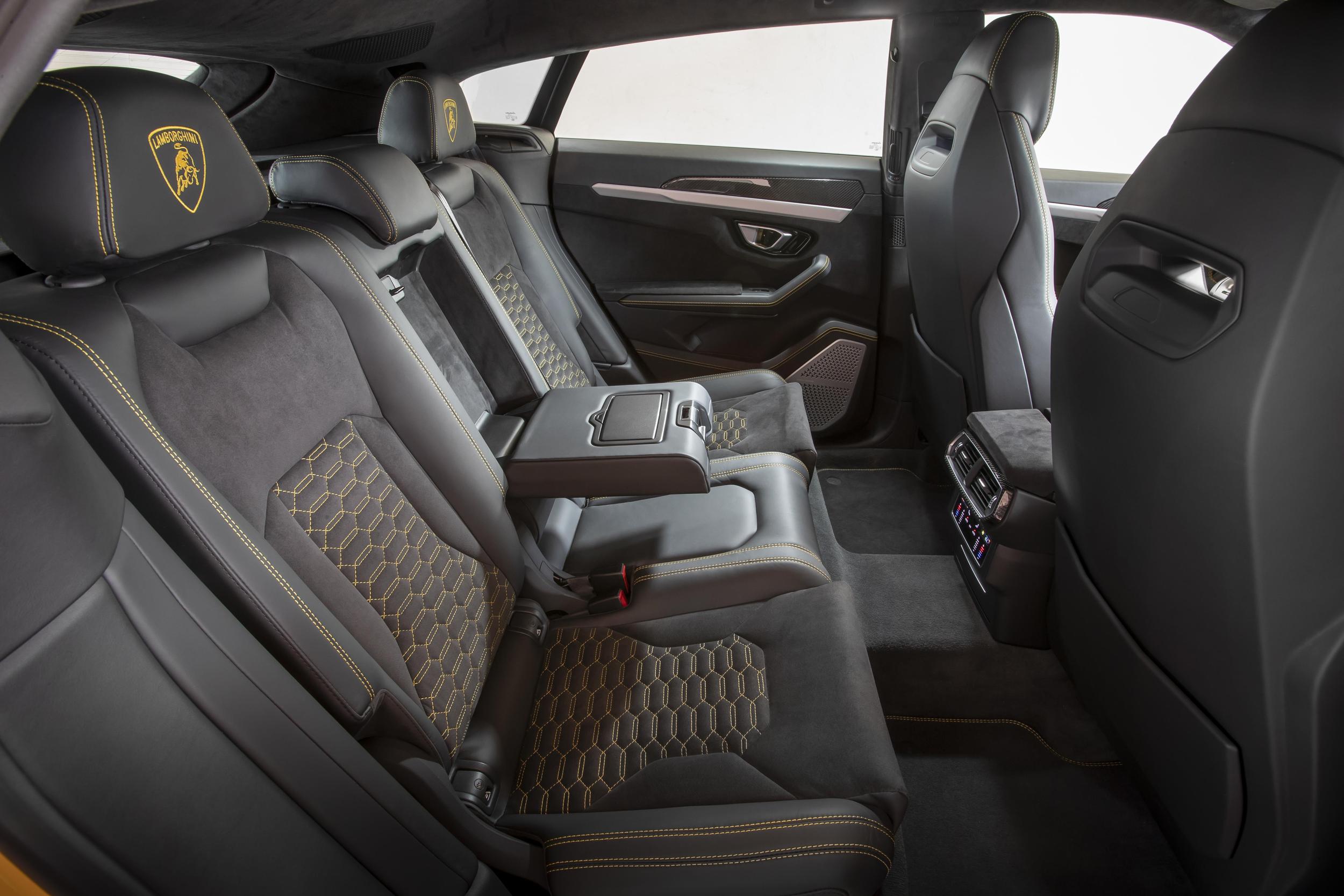Do Lamborghinis Have Back Seats? This is a question that has intrigued many car enthusiasts and potential buyers alike. With a renowned reputation for speed, style, and performance, Lamborghinis are often seen as the epitome of luxury sports cars. However, their emphasis on these aspects often raises questions about practicality and functionality, especially when it comes to seating capacity.
A Focus on Performance
Lamborghinis are primarily designed with an unrelenting focus on speed, and this design philosophy significantly influences many aspects of the car, including its seating arrangements. Most Lamborghinis do not have back seats, a decision that aligns with the brand’s commitment to achieving optimal performance. The lack of back seats reduces the overall weight of the vehicle, resulting in faster acceleration and enhanced agility. This makes Lamborghinis an exciting choice for those looking for the thrill of an unmatched driving experience.
However, this design choice does limit the practicality of most Lamborghini models, restricting them to seating just two people. Those looking for a sports car that can accommodate more passengers may need to explore options from other manufacturers.
Exceptions to the Rule

Despite the general trend of two-seater models, Lamborghini has not completely ignored the demand for more spacious options. The Lamborghini Espada, for example, was a notable four-seat SUV manufactured in the late ’60s and early ’90s. With a 5.2-liter, naturally aspirated V12 engine, the Espada stood out as an exception in Lamborghini’s lineup, enjoying success and popularity during its production run. Even the Lamborghini LM002, from 1986, popularly also known as the “Rambo Lambo,” also used to offer four seats for the passengers. While standard models came with a rear bench seat, the optional four-seat configuration provided additional comfort and exclusivity.
The contemporary Lamborghini Urus is another exception, with features that compete with other high-end SUVs in the market. Powered by a 4.0-liter twin-turbo V8 engine, the Urus adds a dimension of practicality to Lamborghini’s range without compromising on performance.

A Critical Perspective
From a consumer’s standpoint, the lack of back seats in most Lamborghini models may be seen as a limitation, particularly for those seeking a balance between performance and functionality. The brand’s unwavering dedication to speed and performance may not align with the needs of every potential buyer.
Additionally, the market has seen a surge in performance-oriented SUVs from competing luxury car manufacturers, such as Ferrari and Aston Martin. These offerings may provide alternatives for consumers looking for a blend of supercar performance with the practicality of additional seating.
Conclusion
In summary, while most Lamborghinis adhere to a two-seater configuration to maintain optimal performance, the brand has also demonstrated an ability to innovate and adapt with models like the Espada and Urus. For those strictly looking for the signature Lamborghini experience with no compromise on speed, a traditional two-seater may be the ideal choice. However, for those who require more seating without sacrificing the luxury and performance associated with the Lamborghini name, exploring the Urus or looking into competing models from other luxury manufacturers may be a prudent path forward. Either way, the decision to have or omit back seats in a Lamborghini is a complex interplay between design, performance, and consumer demand, reflecting the brand’s unique position in the automotive world.



